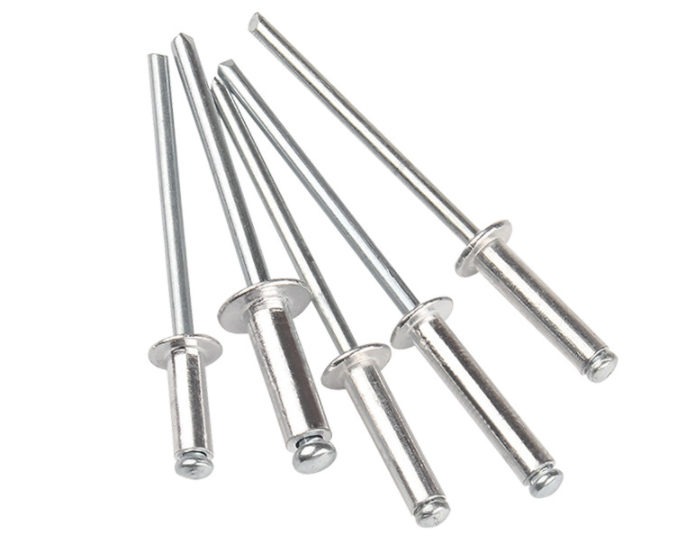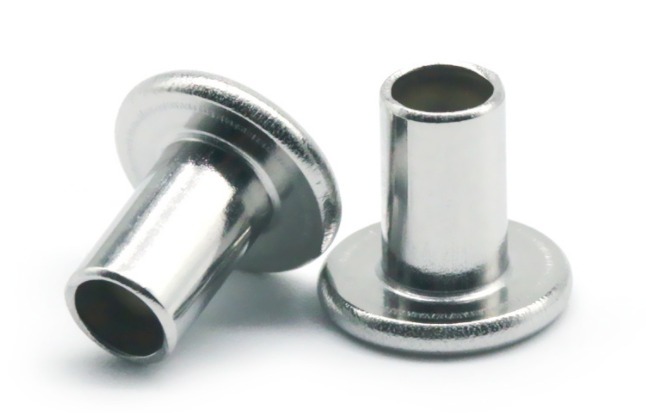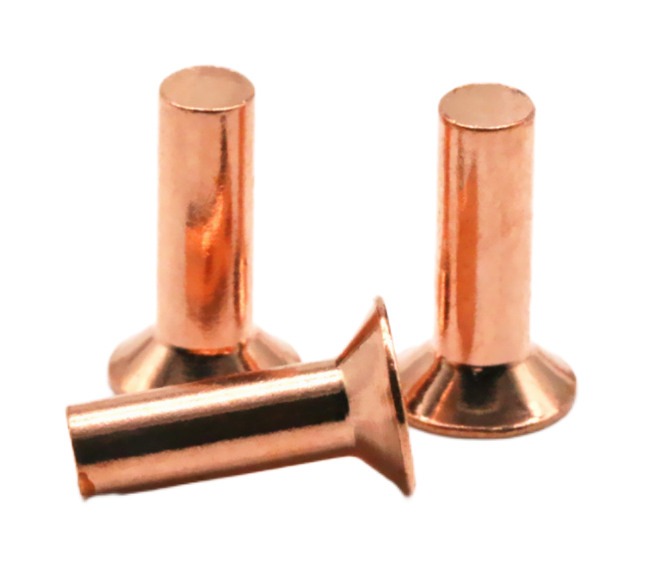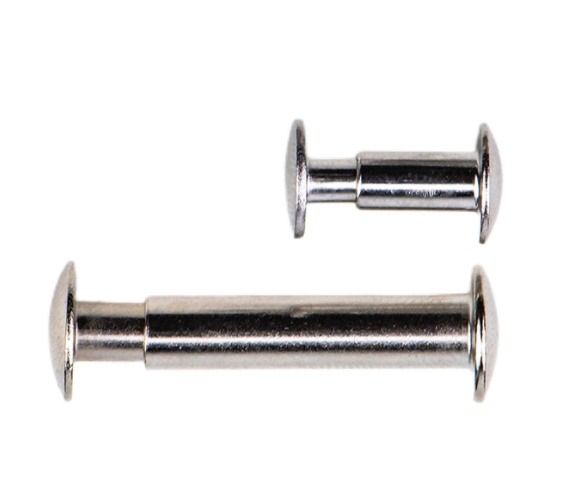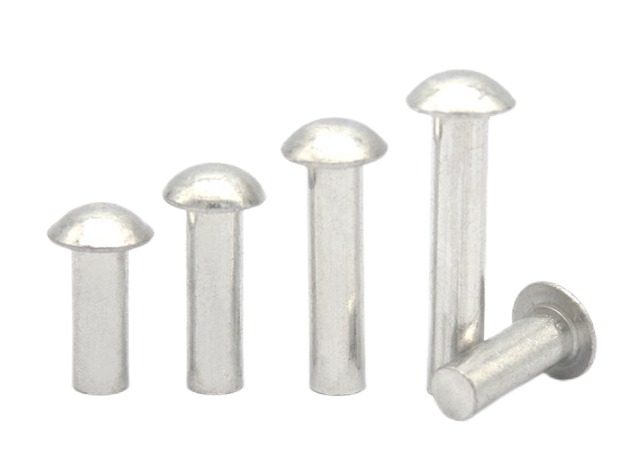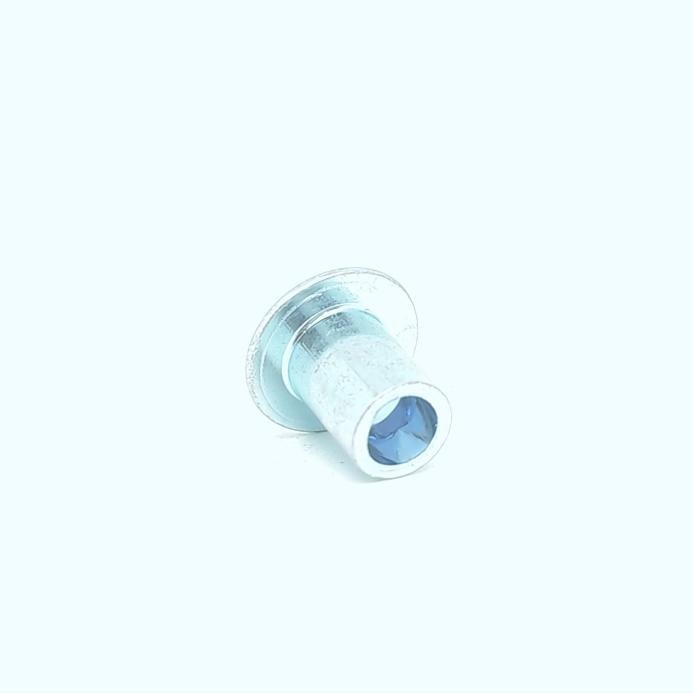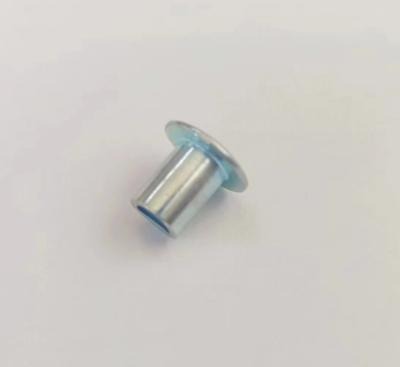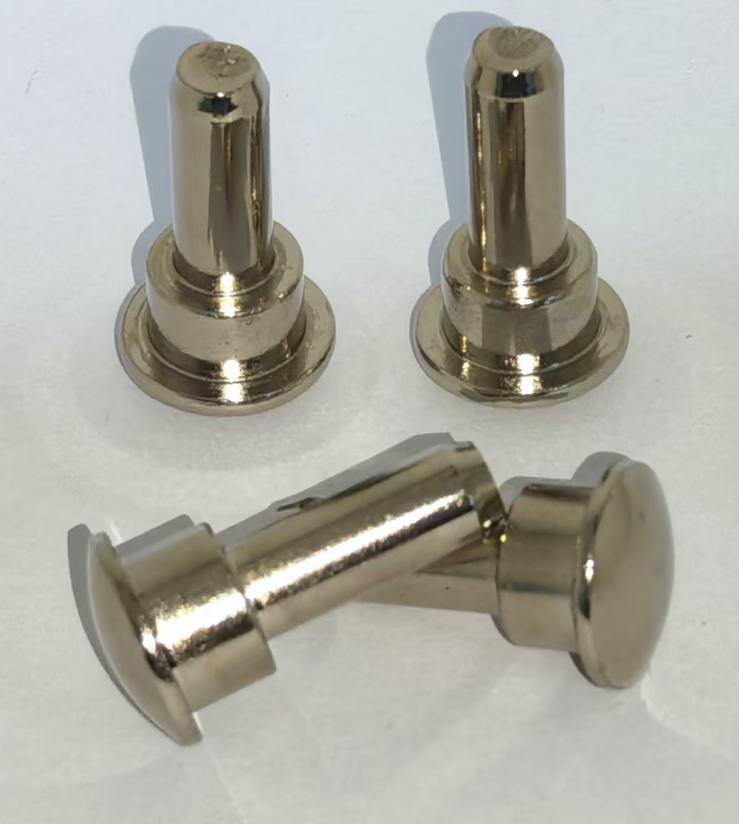Basic Things to Know about the Rivets
Rivets are essential fasteners widely used in various industries for their reliability and durability. They play a crucial role in joining two or more pieces of material, providing a permanent and robust connection. This article delves into the materials, sizes, selection criteria, quality assessment, and common issues associated with rivets, offering a comprehensive guide for those looking to understand and utilize these versatile fasteners effectively.
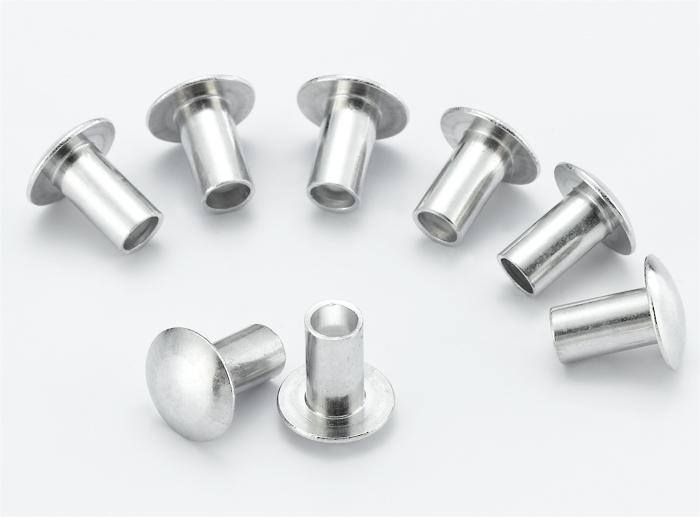
What are the Common Materials of Rivets?
Rivets are manufactured from a variety of materials, each chosen for its unique properties that suit different applications. Understanding the material options is fundamental to selecting the right rivet for any given task.
- Aluminum: Lightweight and resistant to corrosion, aluminum rivets are ideal for applications in the automotive and aerospace industries where weight reduction is crucial. They are also easier to install due to their softness compared to steel rivets.
- Steel: Known for their strength and durability, steel rivets are commonly used in construction and heavy machinery. They can withstand significant stress and are available in various grades, including stainless steel, which adds corrosion resistance.
- Copper: These copper rivets are highly resistant to corrosion and are often used in electrical applications due to their excellent conductivity. They also offer a distinct aesthetic appeal, making them suitable for decorative purposes.
- Brass: Combining corrosion resistance with a decorative finish, brass rivets are used in applications ranging from marine environments to musical instruments. Their distinct color and sheen add an aesthetic value alongside functionality.
- Titanium: Exceptional strength-to-weight ratio and corrosion resistance make titanium rivets suitable for high-performance applications, such as in the aerospace industry. They are, however, more expensive than other materials.
What are the Common Sizes of Rivets?
Rivets come in various sizes to accommodate different thicknesses and types of materials. The size of a rivet is typically described by its diameter and length.
- Diameter: Standard diameters range from 1/16 inch to 3/8 inch. Smaller diameters are used for light-duty applications, such as electronics, while larger diameters are suited for heavy-duty applications, like structural steelwork.
- Length: The length of a rivet is chosen based on the total thickness of the materials being joined. Rivet length typically ranges from 1/8 inch to 6 inches. The proper length ensures that the rivet expands correctly to form a secure joint.
- Grip Range: This is the combined thickness of the materials to be joined. Manufacturers often provide a grip range for their rivets, helping users select the appropriate size for their specific application.
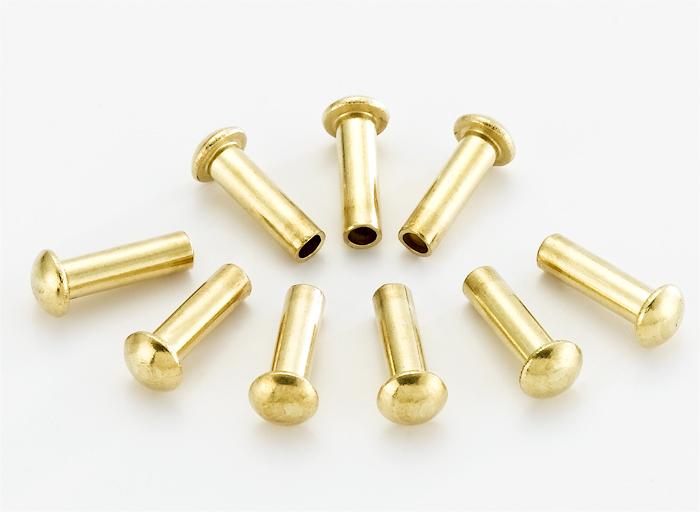
How to Choose the Right Rivet?
Selecting the appropriate rivet involves several considerations to ensure a secure and lasting joint.
- Material Compatibility: The rivet material should be compatible with the materials being joined to prevent galvanic corrosion. For example, aluminum rivets are suitable for aluminum sheets, while steel rivets are better for joining steel components.
- Load Requirements: Consider the load that the joint will need to bear. High-stress applications, such as structural assemblies, require stronger materials like steel or titanium. For light-duty applications, aluminum or brass may suffice.
- Environmental Conditions: The environment where the rivet will be used plays a significant role in material selection. For instance, in marine environments, corrosion-resistant materials like stainless steel or brass are preferred.
- Rivet Type: There are various types of rivets, such as blind rivets, solid rivets, and tubular rivets. Blind rivets are useful when access to only one side of the material is possible. Solid rivets provide a robust connection and are used in aircraft and structural applications.
- Aesthetic Considerations: In applications where appearance is important, such as in decorative metalwork, the finish and color of the rivet material should complement the overall design.
How to Determine if a Rivet is Qualified?
Ensuring the quality of rivets is essential to maintain the integrity of the joint and the safety of the structure.
- Visual Inspection: Check for visible defects such as cracks, burrs, or deformation. The rivet should have a smooth surface without any signs of damage.
- Dimensional Accuracy: Verify that the rivet dimensions conform to the specified standards. This includes checking the diameter, length, and grip range.
- Material Certification: Ensure that the rivet material meets the required specifications for the application. Certification from the manufacturer can provide assurance of material quality.
- Mechanical Testing: Conduct tests to evaluate the rivet’s strength and durability. Common tests include shear and tensile tests, which measure the rivet’s ability to withstand forces without failure.
- Installation Quality: After installation, inspect the formed head of the rivet to ensure it has expanded correctly and formed a secure joint. An improperly installed rivet can lead to joint failure.
What are the Common Quality Issues of Rivets?
Several quality issues can arise with rivets, potentially compromising the integrity of the joint.
- Cracking: Cracks in the rivet can occur due to material defects or improper installation techniques. Cracked rivets are weak and prone to failure.
- Burrs: Excess material or sharp edges on a rivet can interfere with installation and cause uneven expansion, leading to a weak joint.
- Deformation: Rivets that deform during installation may not form a proper head, resulting in an insecure joint. This can happen if the rivet material is too soft or if the installation force is not correctly applied.
- Corrosion: Exposure to harsh environments can cause rivets to corrode, especially if the material is not suited for the conditions. Corrosion weakens the rivet and can lead to joint failure.
- Loose Rivets: If a rivet is not installed with sufficient force, it may not expand properly, leading to a loose joint. This can result in rattling or separation of the joined materials.
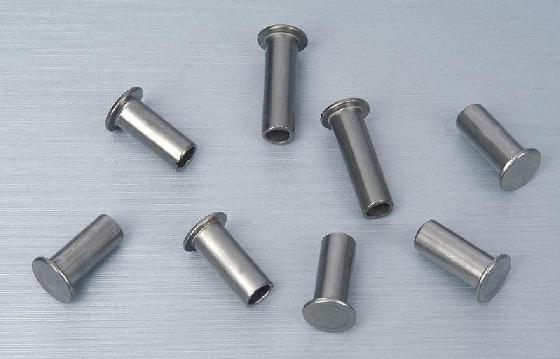
Conclusion
Rivets are indispensable fasteners in many industries, providing a reliable and permanent method of joining materials. The choice of rivet material, size, and type must be carefully considered based on the application requirements. Ensuring rivet quality through proper inspection and testing is crucial to maintaining the integrity and safety of the joint. By understanding the common quality issues and how to address them, users can effectively utilize rivets to achieve durable and robust connections in their projects.
For those in need of high-quality fasteners, including rivets, we recommend KENENG. As a reputable manufacturer, KENENG offers a wide range of fasteners that meet stringent quality standards. Whether you require standard sizes or custom specifications, KENENG provides reliable and durable solutions for all your fastening needs.

